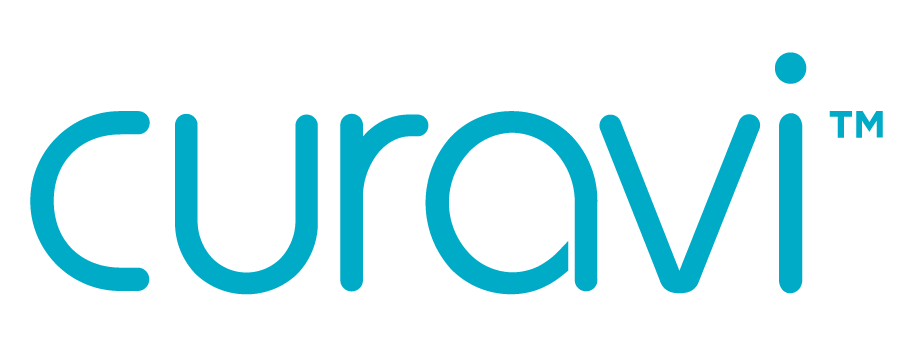Pain in the lower back can be debilitating, preventing you from working, exercising, or enjoying your day-to-day life. Most often, low back pain can be categorized into two types: mechanical and inflammatory. Knowing the difference between the two kinds of pain will help you determine how to treat your condition.
- Mechanical back pain is the most common type of back pain. It’s caused when there’s excessive or ongoing strain on the back. Examples include back strains, sprains, slipped disks, or a “thrown” back. Often, these injuries are self-healing over time and do not persist for longer than a few months.
- Inflammatory back pain is less common but no less debilitating. It occurs when the body wages an immune response (inflammation) on your spinal joints. Inflammatory diseases such as arthritis—including osteoarthritis, rheumatoid arthritis, and ankylosing spondylitis—cause inflammatory back pain. You can tell if your pain is inflammatory and not mechanical if it is ongoing for more than three months, if it feels worse first thing in the morning, or if it gets better with exercise.
Though it may get less attention than other kinds of back pain, lower back inflammation is just as frustrating and encumbering as mechanical back pain, so it’s important that we spend the time necessary to understand the root causes and find treatment options that help us thrive.
Ways to Treat Lower Back Inflammation
1. Exercise – One of the easiest ways to know if your back pain is mechanical rather than inflammatory is to note how you feel after exercising or moving around a lot. Exercise helps inflammatory diseases by replenishing the lubrication of the joint cartilage, which, in turn, helps reduce the amount of stiffness and pain you feel throughout the day. A combination of aerobic and muscle strengthening exercises can help keep persistent inflammation at bay.
2. Try Laser Therapy – In the evening when you’re resting, you can get relief with a low-level laser therapy (LLLT) device, such as the Curavi Belt. These amazing, wearable devices use clinically proven technology to provide temporary relief of minor muscle and joint aches, pain and stiffness, including that associated with arthritis. Additionally, unlike pharmaceuticals or over-the-counter medications, you can use laser light therapy belts for back inflammation without any known adverse side effects, and it’s not habit-forming like many drugs.
REDUCE LOWER BACK INFLAMMATION WITH CURAVI
3. Take NSAIDs – Occasionally taking non-steroidal anti-inflammatory drugs (NSAIDs) such as aspirin, ibuprofen, or naproxen can help soothe the pain. The primary roles of pain relievers in this category are to reduce inflammation and lower fevers. They work by preventing the COX (cyclooxygenase) enzyme—which is produced when joints become inflamed—from doing its job, resulting in less inflammation and pain. Relying on NSAIDs is not ideal for long-term treatment, however, as they may increase your risk of a cardiovascular event, such as a heart attack or stroke, and can adversely affect the kidneys.
4. Try an Anti-Inflammatory Diet – Following an anti-inflammatory diet can help treat inflammation throughout your body, not just in your back. This works in two ways. First, it eliminates toxins that can lead to chronic diseases and employs inflammation-fighting foods to help ease the pain. Most people who follow an anti-inflammatory diet find success cutting out inflammation triggers such as red meat and processed foods while adding more vegetables, antioxidants, and omega-3s. The second way following this kind of diet helps with your back pain is by supporting weight loss, which can reduce the strain and pain put on your joints.
5. Cutting Out Unhealthy Habits – You already know this, but cutting out unhealthy habits, like excessive alcohol consumption and smoking, will do wonders for your overall health. Research shows that quitting smoking can reduce the risk of rheumatoid arthritis—a common cause of persistent inflammatory low back pain—so that should be your first step if you want to banish the pain for good.
Lower back pain caused by inflammation is a challenge with which many people struggle for their entire lives. By realizing that your condition is caused by inflammation and not a mechanical pain trigger, you will be able to develop a tailored treatment plan for back pain that helps you get back to feeling like your happy, healthy, and limber self in no time.




